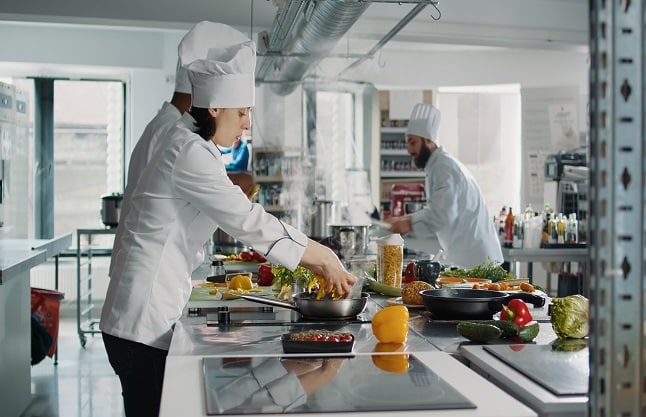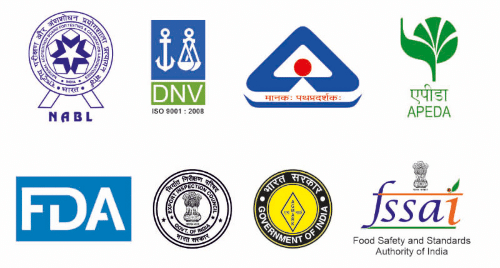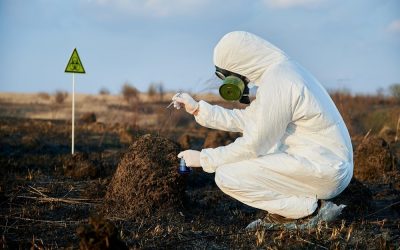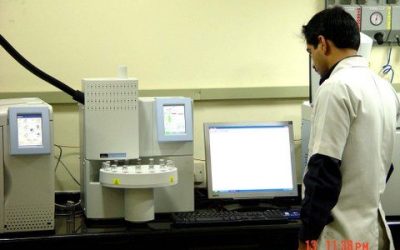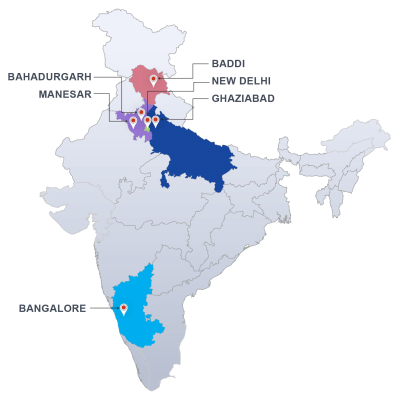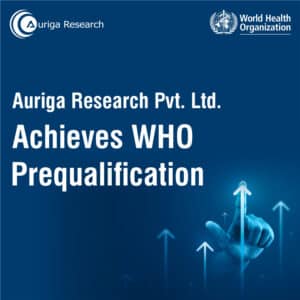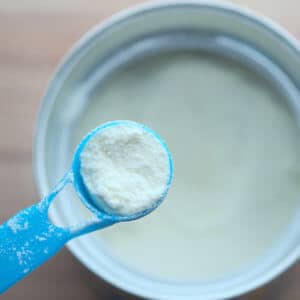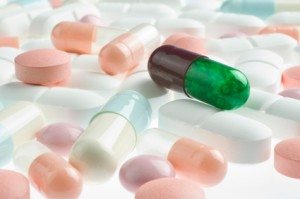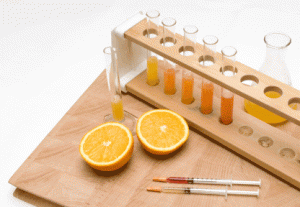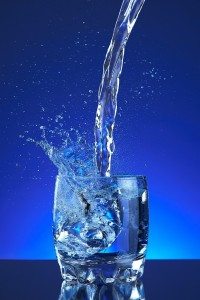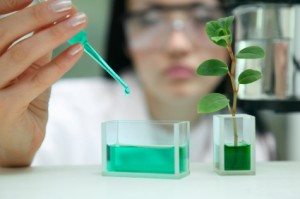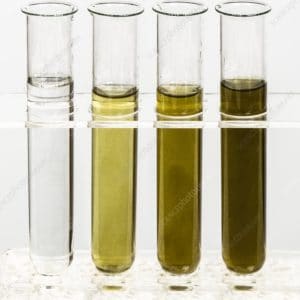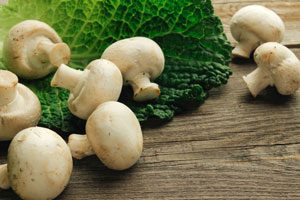
Naturally Occurring Toxic Substances (NOTS) are naturally occurring toxins that are found in certain types of foods, which may be of fungal, plant or marine origin.
Fungal Toxins
Fungal toxins include the following:
- Mushroom toxins
- Aflatoxins
- Ochratoxins
Mushroom Toxins: The Death Cap Mushroom is deadly and its toxins cause 90% of all deaths related to mushroom poisoning. A single mushroom contains enough toxin to kill an adult. Symptoms of poisoning include severe stomach aches, nausea, vomiting, and diarrhea. Death occurs from liver damage.
Aflatoxins: These are mycotoxins as they are produced by fungi like Aspergillus. Aflatoxins are produced most commonly in moist grains and nuts, as well as maize, rice, figs, crude vegetable oils, spices, and cocoa beans, as a result of fungal contamination. The aflatoxins are potent liver carcinogens and can cause liver cancer.
Ochratoxins: These mycotoxins are produced by the fungi Aspergillus and Penicillium species. There are three types of ochratoxin – A, B and C, of which Ochratoxin A (OTA) is the most prevalent. OTA is found in cereals, coffee, dried fruits, red wine, beer, cocoa, bread, rice, nuts, beans, and peas. OTA is a potent nephrotoxin and causes kidney damage. OTA also degrades DNA (genotoxic) and damages the fetus (teratogenic).
Plant Toxins
Plant toxins include the following:
- Hydrogen cyanide
- Furocoumarins
- Glycoalkaloids
- Lectins
- Oxalic acid
- Cucurbitacins
Hydrogen cyanide: This is found in raw cassava and bamboo shoots, consumption of which can lead to poisoning. Hydrogen cyanide is also found in several types of fruits having pits.
Furocoumarins: These are commonly found in parsnips, which protect the plant against stress. The concentration of the toxin is highest in the peel or around any damaged areas. These toxins produce stomach cramps and painful rashes.
Glycoalkaloids: These are present in potatoes. High levels of glycoalkaloids are found in potato sprouts and potato peels that taste bitter. The toxins are produced by the plant in response to stress, such as damage. Cooking does not destroy these toxins. Therefore, potato sprouts should not be eaten and any green or damaged parts should be removed before cooking.
Lectins: These toxins are present in beans. The highest concentrations are found in red kidney beans. Severe stomach ache, vomiting, and diarrhea can occur by consuming the raw beans. Lectins are destroyed by soaking the beans in water for 5 hours, followed by boiling in fresh water for 10 minutes.
Oxalic acid: Oxalic acid is present in rhubarb. Oxalic acid is concentrated in the leaves and these should not be eaten. Muscle twitching, cramps, decreased breathing and heart rate, vomiting, pain, headache, and convulsions are some common symptoms of oxalic acid poisoning. In severe cases, even coma can occur.
Cucurbitacins: These occur in zucchini (courgette) or summer squash. These toxins give zucchini a bitter taste. Eating bitter zucchinis can cause vomiting, stomach cramps, diarrhea, and collapse.
Marine toxins
Marine toxins and some disease conditions caused by them include the following:
- Mercury
- Ciguatera toxin
- Scombroid poisoning
- Oily diarrhea
Mercury: Sharks, marlins, broadbills, and swordfish, have naturally occurring mercury. Mercury becomes concentrated in these big fishes by eating smaller fishes. Babies exposed to high levels of mercury while in the womb can lead to lower mental abilities. Therefore, pregnant mothers, women planning to have a baby and young children should not consume these fishes in their diet.
Ciguatera toxin: Ciguatera toxin causes food poisoning by consuming fish containing the toxin. Some of the symptoms include numbness around the fingers, toes, and mouth, a burning sensation upon exposure to cold, joint pain, nausea, and itching.
Scombroid poisoning: This type of poisoning occurs when fish is eaten that has not been chilled i.e. 4°C or below while storage. The poisoning is caused by histamine, which accumulates in the fish flesh. Symptoms include burning and tingling of the lips and mouth, dizziness, itching, sweating, vomiting, diarrhea, headaches, blurred vision, and palpitations.
Oily diarrhea: This type of diarrhea is caused by escolar fish and oil-fish. Oily diarrhea is caused by oil that cannot be digested by these fish. Symptoms include oily orange or yellow stool, severe diarrhea with nausea and vomiting.
FSSAI Guidelines on Safety Limits for NOTS
The Food Safety and Standards Authority of India (FSSAI) has recommended the safe upper limit of several NOTS (Table 1).
Table 1: Safe upper limits for several NOTS
Arbro Pharmaceuticals Pvt. Ltd. has NABL accredited and FSSAI approved laboratories with state-of-the-art instruments for testing food samples. Our dedicated scientific staff are always abreast of the latest developments in the scientific arena and are well versed with the latest techniques and instrumentations to carry out testing of chemical constituents of various types of foodstuffs on a regular basis. If you would like to use our testing services, please feel free to contact us through the contact form or call us now on +91-11-45754575. We will be happy to provide you with a proposal for testing of NOTS in your food samples

